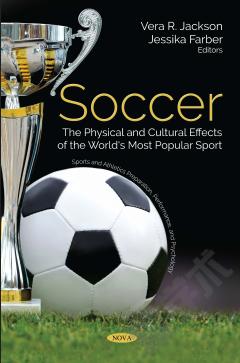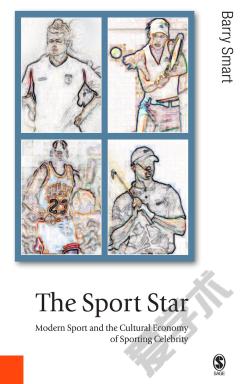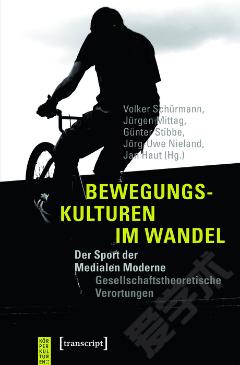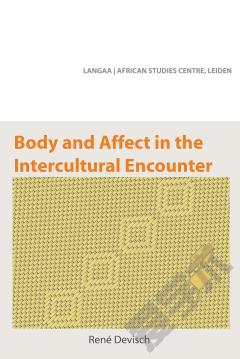Soccer: The Physical and Cultural Effects of the World's Most Popular Sport
This collection investigates the time-motion characteristics of collegiate soccer games, repeated-sprint ability in female players, and skill-based assessments of collegiate male and female players. In females, research has shown few between-position differences in physiological characteristics. Additionally, female field players can display similar aerobic fitness to elite players as assessed by the Yo-Yo Intermittent Recovery Test Level 1. The authors suggest that collegiate female players may need further development in high-intensity running and repeated-sprint ability. Afterwards, they present research supporting the idea that that turfgrass maintenance on soccer fields in Slovenia differs significantly, and several managers lack knowledge about proper turfgrass management. However, the maintenance budget is not the most important factor in determining the appearance of the soccer fields. A subsequent review is presented with the goal of reviewing the trainability of short sprinting in youth soccer players. The authors examined studies from 2005 to the present which focused on improving sprint or agility performances, and included a description of the training protocol, pre-and post-test measures (mean and standard deviation) for the training group and the control group. The findings demonstrate progress in short straight-line sprinting and in agility performance with different training regimes. Another study is presented analysing the evolution of the physical condition in young elite soccer players during the full competitive period throughout eight seasons. In this study, one hundred and eleven young soccer players belonging to the reserve team of a Spanish professional soccer academy were examined. The last study describes the perceived exertion of soccer players in the pre-season and in-season periods and to analyses the differences in the perceived effort between friendly and official matches in relation to the minutes played in young soccer players. (Nova)
{{comment.content}}








 京公网安备 11010802027623号
京公网安备 11010802027623号